Advertisement
Integrated care matters when lupus involves the kidneys

By Howard R. Smith, MD; Evamaria Anvari, MD; and Leal Herlitz, MD
Advertisement
Cleveland Clinic is a non-profit academic medical center. Advertising on our site helps support our mission. We do not endorse non-Cleveland Clinic products or services. Policy
A 20-year-old woman presented to Cleveland Clinic for evaluation by her primary care physician, complaining that she was unusually fatigued. She reported having noticed headaches and swollen calves approximately six months earlier. Physical examination was remarkable for malar erythema, tender joints and an elevated blood pressure. Laboratory testing revealed anemia (hemoglobin, 8.0 g/dL; hematocrit, 24.0 percent), low albumin (1.9 g/dL) and elevated serum creatinine (1.6 mg/dL).
She was admitted to a Cleveland Clinic hospital, and further testing revealed the following:
A kidney biopsy was performed and showed class IV-G (A) and class V diffuse endocapillary proliferative and membranous glomerulonephritis with severe activity but no significant chronicity (Figures 1 to 3). Based on the physical exam, lab tests and kidney biopsy, the patient was diagnosed with systemic lupus erythematosus (SLE), lupus nephritis and hypertension.
Advertisement
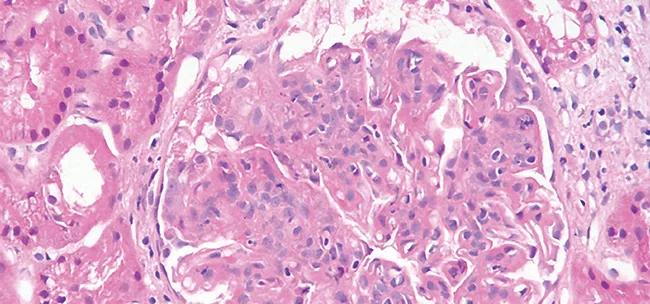
Figure 1. Glomerulus showing global mesangial and endocapillary proliferation. Numerous infiltrating leukocytes can be seen filling the glomerular capillaries. Glomerular basement membranes appear thickened and have a glassy, hypereosinophilic appearance owing to the presence of immune deposits on the inside (subendothelial) and outside (subepithelial/membranous) surfaces of the glomerular capillaries.
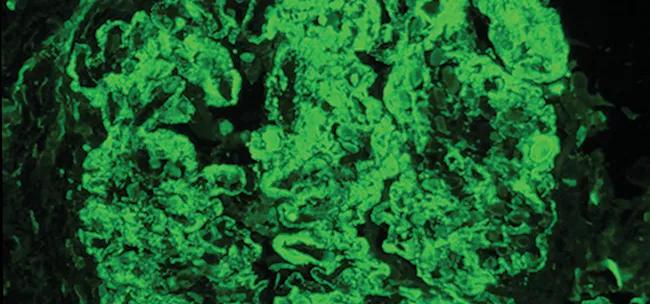
Figure 2. Immunofluorescence staining for IgG showing abundant IgG deposition in a glomerulus. The positive immunofluorescence signal correlates with the glassy eosinophilic material visible by standard light microscopy in Figure 1. The presence of these immune deposits recruits inflammatory cells and causes injury to the glomerulus.
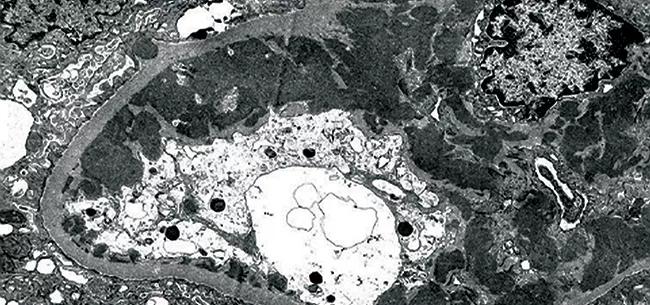
Figure 3. Electron microscopic view of the glomerulus showing electron-dense deposits that can be seen filling the mesangial area and lining the inside of one glomerular capillary. Smaller deposits are seen scattered along the outside of the glomerular basement membrane. This electron-dense material is composed of the immunoglobulins that are detectable with immunofluorescence and light microscopy, but it is visible with higher resolution exactly where the deposits are located in the glomerulus.
While in the hospital, the patient developed bilateral calf pain, and ultrasound revealed a lower extremity deep venous thrombosis. Anticoagulation with heparin was initiated. Lab results were positive for antiphospholipid antibodies, including anticardiolipin antibodies, lupus anticoagulant and anti-β2 glycoprotein I antibodies.
Her hospital physicians initiated treatment for the glomerulonephritis with intravenous pulse methylprednisolone (1,000 mg daily for three days) and oral mycophenolate mofetil (MMF) 1,000 mg twice daily. She was discharged on MMF, warfarin, and prednisone 20 mg three times daily.
Three weeks later, she was seen by the rheumatology, nephrology and dermatology services in Cleveland Clinic’s multidisciplinary Lupus Clinic. Her condition had improved, but she complained of photosensitivity, fatigue, weakness and alopecia. Her examination was remarkable for alopecia, arthritis of the fingers, malar rash and livedo reticularis. We continued the MMF and warfarin, reduced the prednisone to 20 mg daily and prescribed additional medications:
At a follow-up visit six months after her diagnosis, the patient was doing well. She had returned to her normal life at college. Her malar rash and alopecia had improved, and she had no arthritis. Her laboratory values had improved dramatically (CBC, creatinine, anti-DNA, C3/C4 and albumin were normal), and her urinary protein excretion was 300 mg/day.
Advertisement
Half of all patients with SLE have kidney disease, and kidney involvement is one of the most important prognostic factors for a poor outcome in SLE. The incidence of lupus nephritis is highest in African-Americans and Latinas/Latinos (although the case patient was a non-Latina white woman). These populations also have a more severe pattern of injury, an earlier age at onset and a higher rate of progression to end-stage renal disease.
Renal involvement is manifested clinically by worsening of hypertension and edema. Patients may notice tea-color or dark urine as well as foaminess of urine. Findings on urine sediment are proteinuria, pyuria and hematuria.
The role of immune system abnormalities in SLE development and progression is well established, and several such abnormalities are associated with renal involvement, including antiphospholipid, anti-DNA and anti-Smith antibodies as well as low levels of C3 and C4. Approximately 40 percent of patients with SLE have antiphospholipid antibodies, and 10 percent have antiphospholipid syndrome. The latter includes occurrence of either venous or arterial thrombosis or pregnancy-related morbidity along with laboratory abnormalities (i.e., anticardiolipin antibodies, lupus anticoagulant or anti-β2 glycoprotein I antibodies). Antiphospholipid syndrome is associated with a poor prognosis.
The hallmark of glomerular involvement in lupus nephritis is deposition of circulating immune complexes and in situ formation of others. The localization of immune complexes within the glomerulus leads to complement activation and complement-mediated damage, activation of procoagulant factors, leukocyte infiltration with release of proteolytic enzymes, and activation of cytokines associated with cellular proliferation and matrix formation. Intraglomerular hypertension and activation of coagulation cascade may contribute to glomerular injury, especially in patients with antiphospholipid antibodies.
The various histological types of lupus nephritis are outlined in the table below. Histological type correlates with prognosis and dictates the treatment approach. Because the clinical and laboratory findings can be misleading and do not always represent the severity of renal involvement, renal biopsy is imperative. The biopsy helps establish the baseline pattern of injury by identifying vascular disease and the severity of tubulointerstitial disease. Repeating the biopsy may be important since patients often evolve from one pattern to another. Immunosuppressive therapy for proliferative lupus nephritis with corticosteroids, along with MMF or cyclophosphamide, leads to improved outcomes and survival.

Because SLE is a condition that often affects multiple organ systems, as in this case involving lupus nephritis, a comprehensive team approach helps ensure an accurate and timely diagnosis.
Cleveland Clinic’s multidisciplinary Lupus Clinic is staffed by rheumatologists, nephrologists, dermatologists and pathologists who specialize in the evaluation, diagnosis and coordinated care of patients with all forms of SLE. These specialists work closely with patients’ primary care physicians to ensure seamless care and provide individualized treatment plans.
We believe this type of integrated, comprehensive approach to management of this systemic disease is essential to optimizing patient outcomes and quality of life.
Dr. Herlitz is a staff physician in Cleveland Clinic’s Department of Pathology.
Advertisement
Advertisement

Screen patients seeking care for chlamydia, gonorrhea
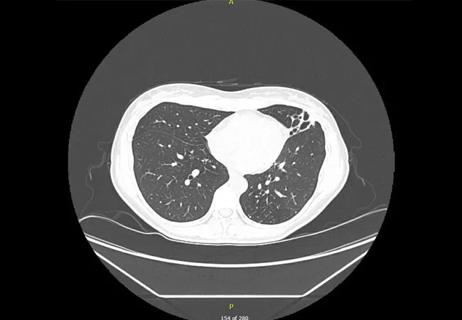
Lingulectomy removes infection when antibiotics fail

Researchers have developed immunoprofiles for an emerging disease with a mortality rate as high as 27%

Findings from one of the first published case series
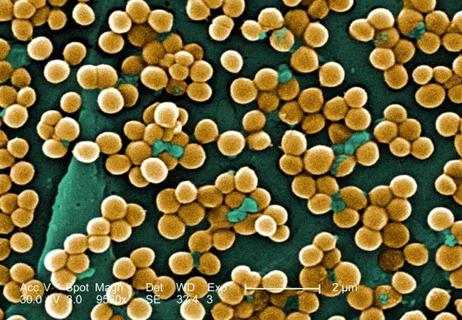
Don't discount this crucial step
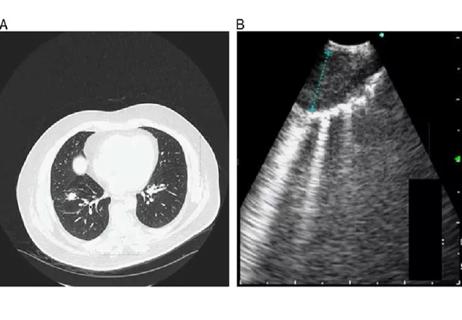
EBUS-TBNA found safe and effective
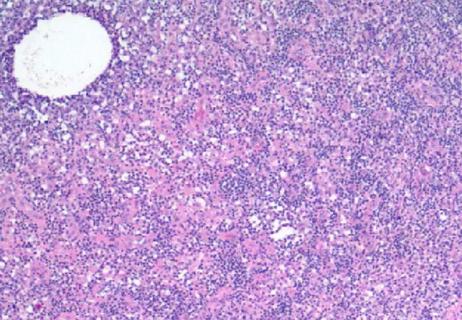
How to spot the rare infection
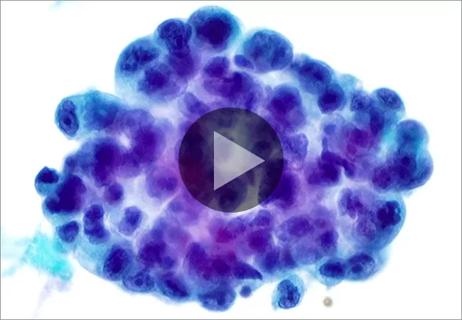
A case involving cytology and concurrent biopsy